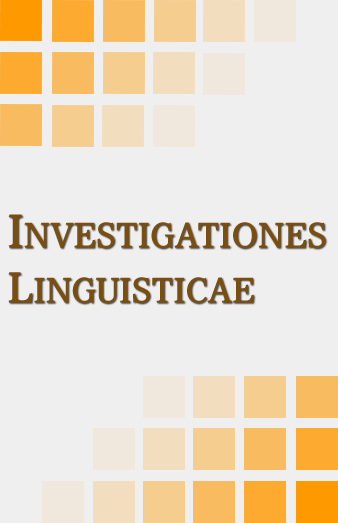Synonymous light verb constructions and synonymy groups. A study of verb variability in Hungarian
Synonymous light verb constructions and synonymy groups. A study of verb variability in Hungarian
Author(s): Éva HrenekSubject(s): Phraseology
Published by: Uniwersytet im. Adama Mickiewicza w Poznaniu
Summary/Abstract: Light verb constructions are typically interpreted as idiom-like, fixed patterns in the literature (see e.g. Forgács 2015). However, corpus data suggest that such constructions may also display variability, potentially inviting a study in terms of synonymy. For instance, this is the case with barátságot köt [lit. ‘tie a friendship’] ~ barátságot sző [lit. ‘weave a friendship’] ~ barátságot épít [lit. ‘build a friendship’], all meaning ‘make friends’.In the present case study, I explore patterns of the structure N-ba/be ‘into N’ + V, in particular feledésbe V ‘become forgotten’ (where feledésbe means ‘into oblivion’), homályba V ‘become obscure’ (where homályba means ‘into obscurity’) and sötétségbe V ‘become dark’ (where sötétségbe means ‘into darkness’). More specifically, I examine variants of these LVCs (e.g. homályba vész [lit. ‘be lost into obscurity’] ~ homályba szürkül [‘fade into oblivion’]), yielding synonym groups. Primarily using corpus data from the Hungarian National Corpus, I seek to find out how these three synonym groups are related semantically, and how their similarities and differences can be described by studying i. central and marginal patterns within them and ii. verbal lexemes (elfelejtődik ‘become forgotten’, elhomályosul ‘become obscure’ and elsötétedik ‘become dark’, respectively) with which they are synonymous.
Journal: Investigationes Linguisticae
- Issue Year: 2021
- Issue No: 45
- Page Range: 47-66
- Page Count: 20
- Language: English

